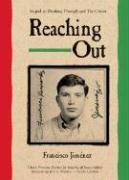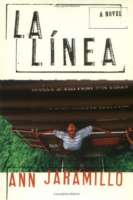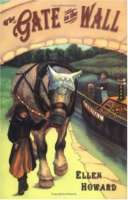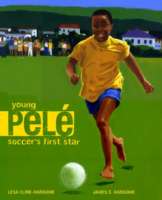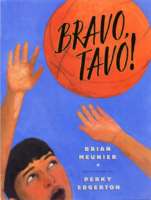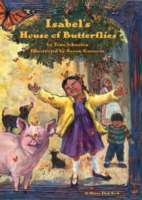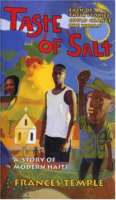
Every Life Makes a Story. Djo has a story: Once he was one of “Titid’s boys,” a vital member of Father Jean-Bertrand Aristide’s election team, fighting to overthrow military dictatorship in Haiti. Now he is barely alive, the victim of a political firebombing. Jeremie has a story: convent-educated Jeremie can climb out of the slums of Port-au-Prince, but she is torn between her mother’s hopes and her own wishes for herself and for Haiti. Father Jean-Bertrand Aristide has a story: a dream of a new Haiti, one in which every person would have a decent life, a house with a roof, clean water to drink, a good plate of rice and beans every day, anda field to work in. At Aristide’s request, Djo tells his story to Jeremie for Titid believes in the power of all of their stories to make change. As Jeremie listens to Djo, and to her own heart, she knows that they will begin a new story, one that is all their own, together.
